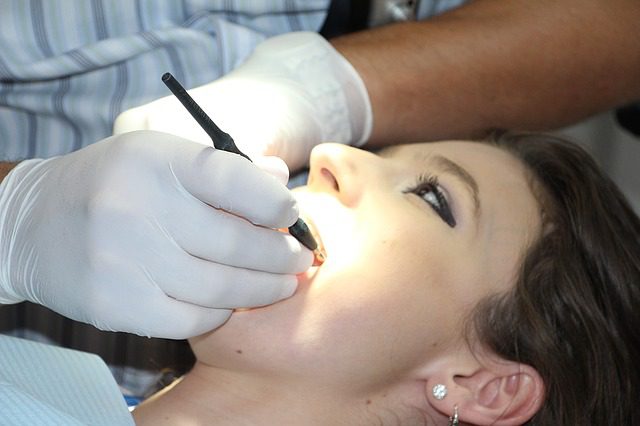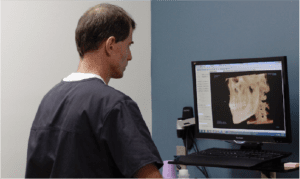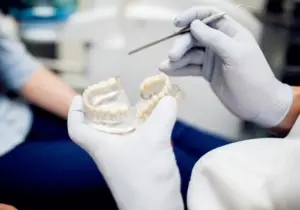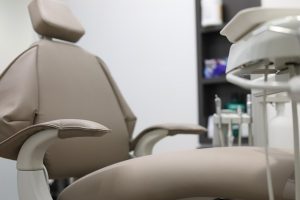People may need to have a tooth extracted for many reasons; tooth crowding, infection, trauma and gum disease are a few common ones.
Extracting a tooth is usually fairly simple, but you must take special care after the procedure to keep the extraction site healthy.
A clot will form in your mouth at the extraction site. Biting down on gauze stops the bleeding. Sometimes self-dissolving stitches are needed.
In rare situations, the blood clot can break loose. This is called dry socket. When this happens, a dressing filled with sedative will be put in the socket to make you more comfortable while a new clot forms.
Recovering From A Tooth Extraction
To speed up the tooth extraction recovery time, you will be given these instructions:
- Take the pain medications prescribed.
- Change the gauze in 3-4 hours, or sooner if it becomes blood-soaked.
- Use an ice pack to reduce swelling: 10 minutes on, 20 minutes off.
- Cut your activities for a few days so you can rest.
- Don’t rinse, spit forcefully, or drink from a straw for 24 hours.
- Rinse gently with salt water after 24 hours.
- Don’t smoke.
- Eat soft foods for 24 hours. Slowly add easy-to-chew, then regular foods.
- Elevate your head when lying down.
- Brush and floss as normal, but don’t touch the tooth socket.
You will probably feel some pain as the numbing agent wears off. Swelling and some bleeding are normal. But if you have a lot of bleeding, or experience fever, chills, vomiting, redness, excessive swelling, coughing, shortness of breath, pain in your chest or an extreme discharge, call your oral surgeon right away.
It will take a week or two for the site to heal. Bone and gum grow will into the gap.
After having a tooth extracted, Wilmington Oral Surgery, located in Wilmington Ohio, northeast of Cincinnati, often recommend dental implants to restore your smile, prevent bone loss and keep adjacent teeth in their proper places.










